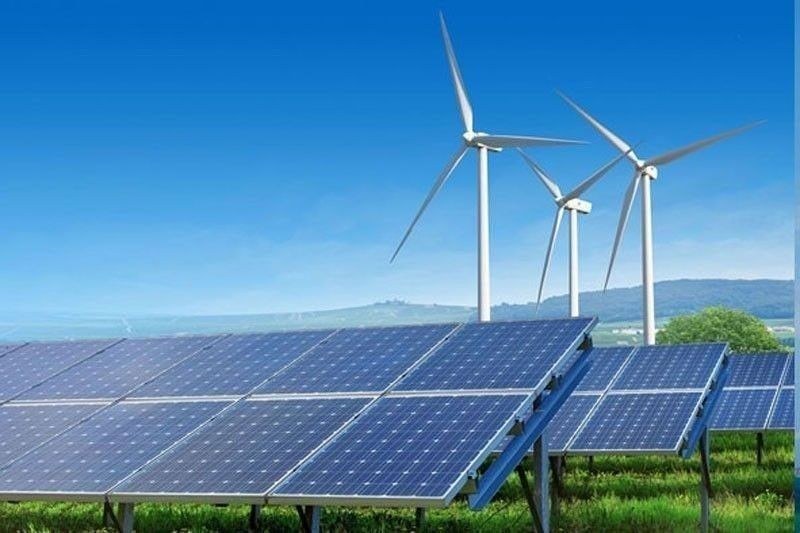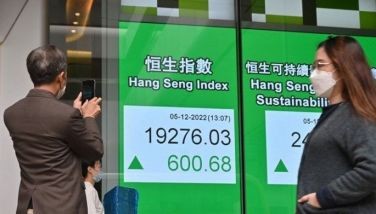Philippines may attain 100 percent renewable energy by 2050 – report

MANILA, Philippines — The Philippines is completely capable of going all in on renewable energy by 2050, according to a new report commissioned by sustainability think tank Center for Energy, Ecology and Development (CEED).
The analysis, which was undertaken by Berlin-based global science policy institute Climate Analytics, said that it is entirely feasible for the Philippines’ power sector to de-carbonize by 2050, ditching both coal and gas and embracing renewables, and deliver beneficial outcomes for the country.
“We find that with the right international funding and policies in place, the Philippines could transition its power sector to near-100 percent renewable energy without compromising on the costs of electricity, reducing its reliance on expensive imports of both coal and gas, and creating up to a million jobs by 2050,” Climate Analytics analyst and project lead for the report Nandini Das said.
Among the report’s key findings is that coal-fired power could be phased out of the power sector by 2035, and gas almost entirely phased out by 2040, given the Philippines’ abundant renewable energy potential estimated at around 1,200 gigawatts.
The report said that the Philippines’ power sector can attain a 1.5 degree Celsius compatible emissions pathway without resorting to “false solutions like retrofitting the coal fleet for green hydrogen, carbon capture and storage, or building new nuclear power capacity.”
The report also said that shifting toward a 1.5-degree Celsius pathway would reduce electricity costs in the Philippines.
However, it said planning for infrastructure development with international financing was crucial.
Further, the report indicated that a 1.5-degree Celsius emissions pathway would enable the Philippines greater self-sufficiency by reducing dependency on imported energy.
It said phasing out coal and replacing it with renewables likewise would generate significantly more jobs than business-as-usual annually.
“As a country that is among the most vulnerable in the world to the climate crisis, the 1.5?C goal is a survival threshold that is simply not optional for the Philippines,” CEED data research analyst Kenneth Quesada said.
The report claims that its findings contrasts with the latest available updates on the new Philippine Energy Plan (PEP) set to be published by the Department of Energy this year, “which purports the need for additional coal and gas capacities, and integration of new technologies like nuclear and carbon capture utilization and storage.”
“This report tells us that there really is no reason for our government or energy players alike to argue that we need massive new capacities of gas and other fossil fuels in advancing our energy transition when climate-aligned pathway of tapping our abundant renewable energy potential are also the ones that make the most economic sense,” Quesada said.
Developers of Renewable Energy for Advancement president Jay Layug, however, sees the government’s current renewable energy targets as ideal for the Philippines.
“The government already said it is targeting 50 percent by 2040. So that’s the ideal. Do we go for 100 percent? Probably not that fast because we all know that renewables are intermittent or variable, so we need to make sure that when we put in more renewable energy we have the corresponding baseload power necessary to balance the system,” Layug said.
“So 50 percent by 2040 will be a good target. But that means we need to be very aggressive in helping all the renewable energy developers build their power plants,” he said.
The draft PEP 2023 to 2050, which will serve as the blueprint that will chart the country’s energy landscape in the next three decades, adopts two scenarios--the reference scenario and the clean energy scenario.
Under the reference scenario where present development trends and strategies continue, the share of renewable energy in the generation mix is targeted at 35 percent by 2030, and 50 percent by 2050.
Meanwhile, the clean energy scenario aims to raise the share of renewable energy in the generation mix to 35 percent by 2030, 50 percent by 2040, and more than 50 percent by 2050.
- Latest
- Trending




























